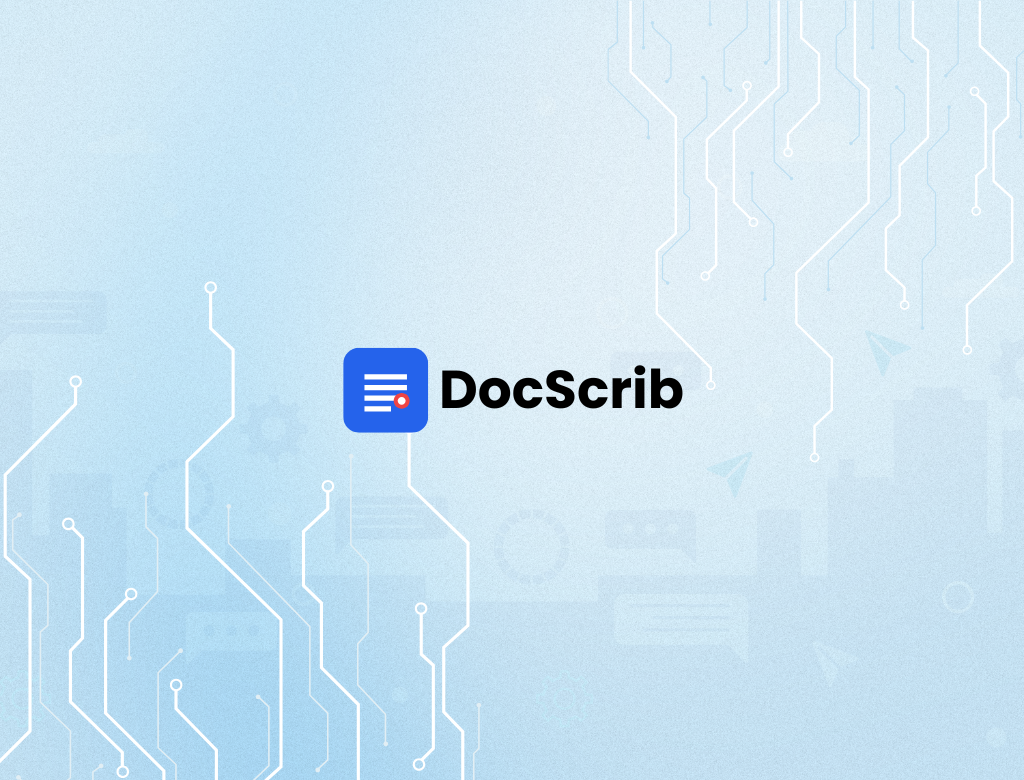Introduction
Healthcare providers face increasing pressure: high documentation burden, shrinking patient interaction time, and declining satisfaction. Competitors like Soaper, Heidi, Nabla, and Doximity are publishing content spotlighting how ambient AI scribes, which listen and document during live encounters, can help. This blog dives into that trend and positions DocScrib at the forefront.
1. What Are Ambient AI Scribes?
Ambient AI scribes record clinical conversations through room microphones or clinician-worn devices. They transcribe dialogue, identify medical concepts, organize structured data, and seamlessly populate EMR fields—all in real time.
2. Evidence from the Field
Clinical pilots have yielded strong outcomes:
-
Patient engagement increases—as providers maintain eye contact instead of screen time.
-
Note accuracy improves, with richer dialogue captured.
-
Post-visit charting time drops significantly (est. 30–60 minutes saved daily).
Competitors such as Soaper have showcased workflow integration wins, and Doximity’s research emphasizes measurable improvements in care quality and provider satisfaction.
3. Patient-First Benefits of DocScrib
-
Enhanced Patient Connection:
Real-time note generation allows full provider attention during visits, fostering trust and engagement. -
Transparent Documentation:
Providers can review and share AI-generated summaries with patients before signing off, promoting clarity and shared decision-making. -
Better Narrative Capture:
Full conversations mean no detail is lost—important patient history and context are preserved automatically.
4. Provider Workflow & Operational Value
-
Zero Disruption in Patient Flow:
Ambient documentation overlays the visit, with no pauses required. -
Real-Time Edits & Feedback:
Providers can see and correct notes during the visit, improving accuracy and capturing consent. -
Efficient EMR Integration:
DocScrib syncs notes directly into EMRs (FHIR/HL7), ensuring structured data readiness for coding and billing.
5. Measurable Outcomes to Track
| Metric | Expected Impact |
|---|---|
| Clinician time with patients | +15–20% increase |
| Documentation time saved | 30–60 minutes per provider/day |
| Patient satisfaction scores | Higher due to better engagement |
| Chart accuracy | Improved documentation breadth & depth |
DocScrib’s analytics dashboard captures these KPIs, enabling continuous quality improvement.
6. Success Story Spotlight
(Hypothetical example)
At Maplewood Family Clinic, adding ambient AI scribes via DocScrib resulted in a 40% rise in patient satisfaction and 35-minute time savings per daily shift—empowering physicians to spend more time listening and less time typing.
7. Getting Started with DocScrib
-
Install ambient capture in one provider room.
-
Train clinicians in live review and patient-sharing workflows.
-
Set success metrics: patient experience ratings, note accuracy, and chart turnaround.
-
Roll out across the practice, adapting templates per specialty.
Conclusion
Ambient AI scribes redefine clinical documentation by empowering providers to focus on patients—not paperwork. By prioritizing real-time engagement, transparency, and measurable impact, DocScrib sets a new standard for patient-centered care.
